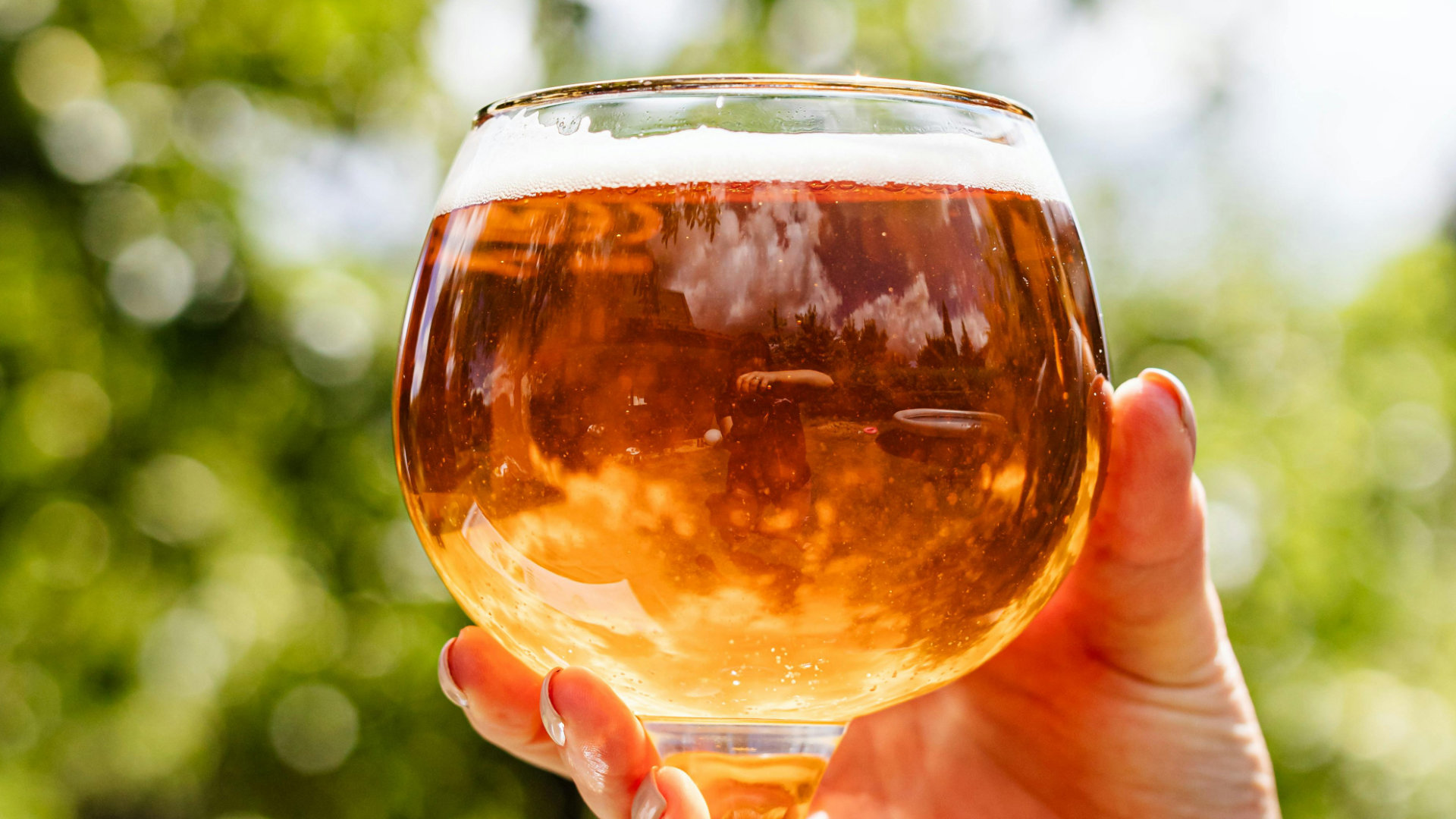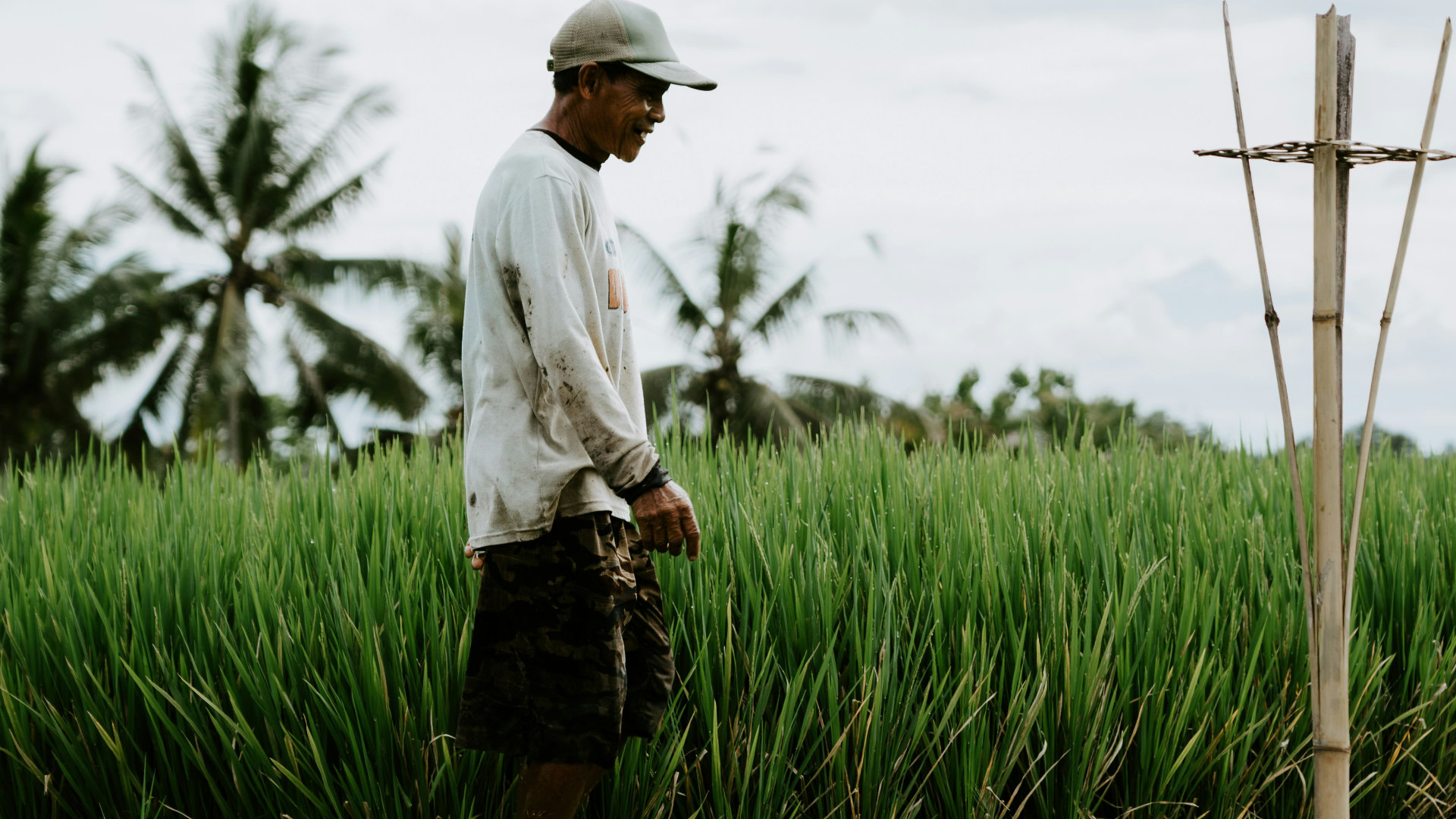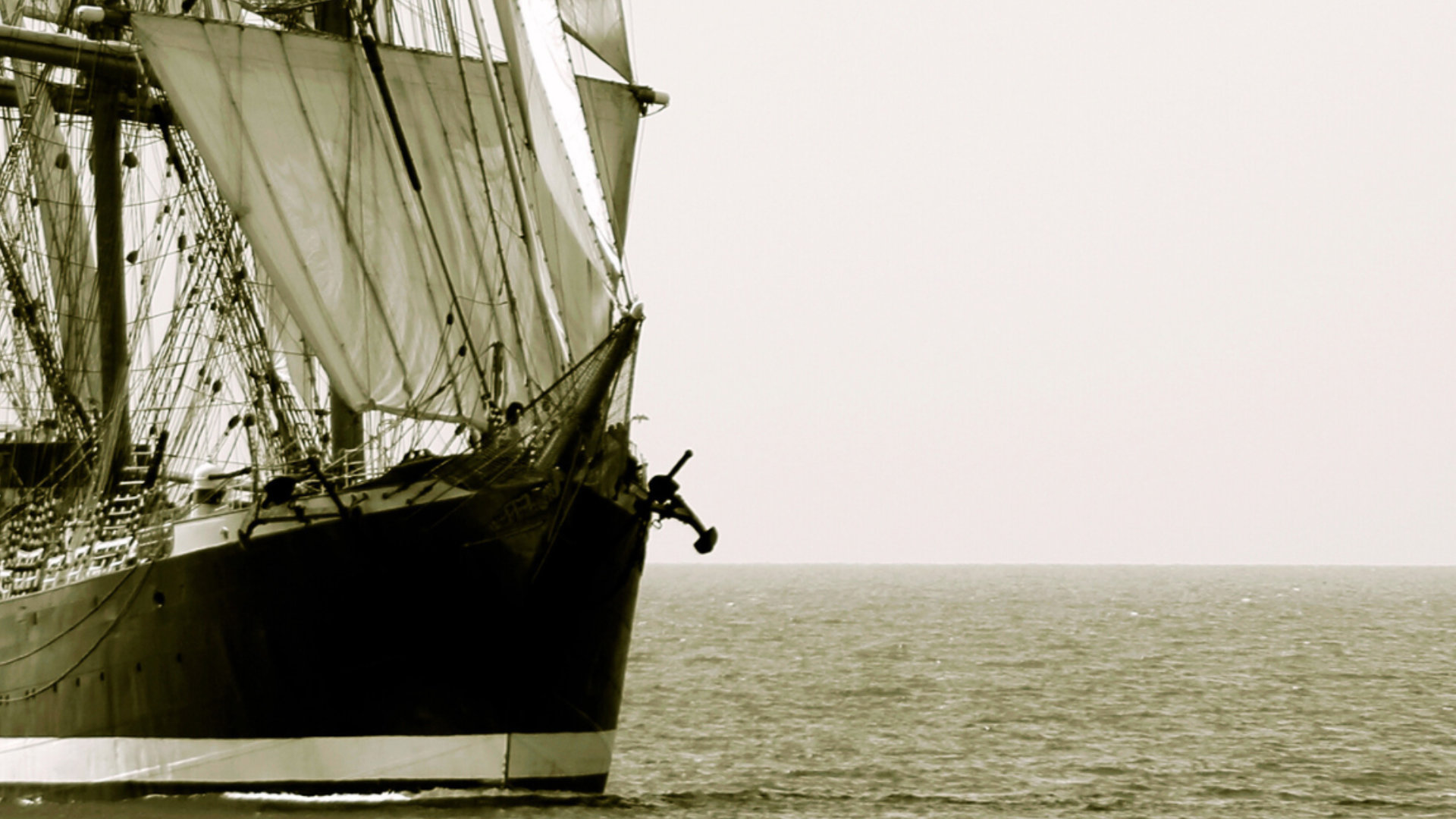Thailand has a homebrew problem. It is illegal to homebrew beer! And if you wish to start a craft brewery it will be very tough. If you are caught homebrewing illegally, you will be fined 5,000 baht (£118) for brewing without a permit, a further 500 baht (£12) for owning brewing yeast, and another 5,000 baht (£117) for selling it. The thing is, it is getting extremely popular, and the Thais are willing to take the risks. It is a growing act of rebellion against the state.Â
 It’s not just homebrewers who have to contend with strict rules around alcohol. In Bangkok, the craft beer bar scene thrives - but it’s often forced underground. The local brews showcase native produce like jackfruit, mango, lychee and lemongrass. Though you can forget about sharing a picture of your tasty pint on social media - posting images of beer on any type of media in Thailand is illegal, and you can get stung with a fine of 50,000 baht (£1250) if the logo is visible! Even breweries are not allowed to advertise or market their drinks.
CRAFT BREWERY LEGISLATIONÂ Â Â Â Â Â Â Â Â
There are two types of licences available in Thailand for craft brewers. Thailand’s 1950 Liquor Act states that beer can only be made in a factory making more than 1,000,000 litres per year, or in a brewpub producing at least 100,000 litres per year for sale on-site only. Bottling is not allowed, and brewpub beers cannot be sold off-premises.Â
 In 2000 the Thai government ruled that, for either type of producer to be legal, they must be a limited company with capital of at least 10 million baht (£235,000). For anyone tempted to brew illegally, a new law was passed in 2016 upping the maximum penalty for illegal brewing to 100,000 baht (£2346) or a prison sentence of six months. Or both. The maximum fine for selling illegal beer was raised to 50,000 baht (£1175).
 To sell craft beers off-premises, you have two choices: either hire an overseas factory to brew it for you, or move abroad, brew your beer and import it back to Thailand.                      Many Thai brewers have set up breweries in Cambodia and Vietnam, and make their beers there for export to Thailand. One does this in Australia. Sure, it’s a workaround but they are then hit with import duties of 60%. Not great for the small breweries. There is hope though: a new draft law on excise tax is under consideration by the Thai cabinet. Watch this space.
LACKLUSTRE COMMERCIAL BREWS
The craft beer ‘scene’ might be quite modern, but beer has been around in Thailand for some time. The first brewing licence in Thailand was issued to the Boon Rawd Brewery in 1933. It still produces Thailand’s best known lager Singha (pronounced sing) as well as Leo, also a 5% ABV lager.
 The only other big competitor is Chang Beer, which is made by Thai Beverages, who also brew Archa, a non-premium lager. Recently, Chang started producing Federbrau, a 4.8% ABV Pilsner, the only Thai beer brewed in accordance with the German purity law. To be honest, it is more of a Helles in my opinion, as I got suitably squiffy on this in an airport lounge in Bangkok. It is particularly good compared to the other beers the two major breweries turn out. I personally think that Chang, Singha and Leo all lack character and flavour. Â
MICROBREWERIES AND BARSÂ Â Â Â Â Â Â Â Â Â Â Â Â Â Â Â Â
Despite the challenges, there is a decent amount of craft beer bars in Thailand. One of the most popular craft brews is Chalawan Pale Ale - named after a mythical alligator and made by Full Moon Brewworks in Phuket. It’s a light brown colour, hazy with a floral aroma from Cascade and Columbus hops. It is the flavour of Thailand - with notes of lychee and smaller hints of pomelo and watermelon, paired perfectly with the hop profile. Ideal for matching with local dishes. Â
Samata Brewery (Bangkok) brew several beers, ranging from NEIPAs, IPAs and Sours. This is a standout brewer, one to watch out for. I personally feel they can stand with the best craft brewers in the world. Their Raspberry Cheesecake Sour is especially excellent.    Â
My local brewery taproom when visiting family in Chang Mai is Namton’s House Bar. It has craft ales constantly rotating, from Vocation, DEYA, Stone and many others. Samata is a regular on tap, and Thong Pradit Brewing has a strong relationship with Namton’s, being local to their brewery. Together they collaborated on a brew and came up with Namton’s Brut NEIPA. Â
BRITISH BEER IN THAILAND
The British beer scene in Thailand is mainly to serve English expats. Even in bars where English beer is served, I have never seen a Thai or even an Asian tourist drinking an Old Speckled Hen, which is often on tap. This is totally different from the craft beer pubs popular with Thais, where IPAs often dominate the menu. To my knowledge, no British beer style has been ever attempted by Thai brewers. British expats who miss British beer have imports of Guinness, Green King and Marston’s. But when there are so many great local craft brews, why would you want to? Especially since the brewers have had to overcome so much.     Â











